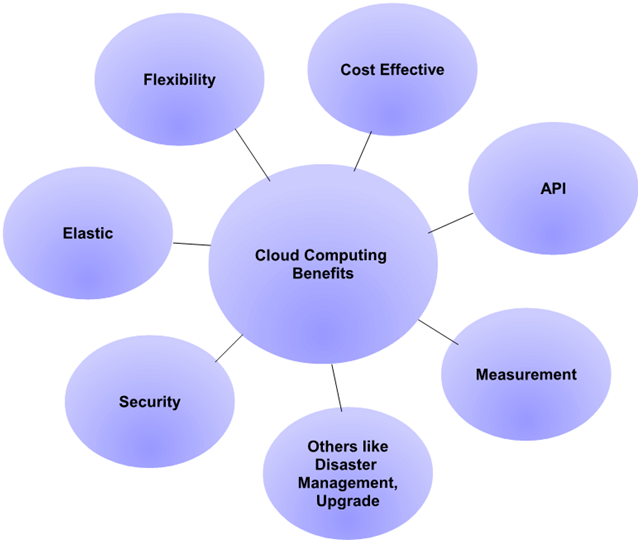In the last 15 years, Internet users have grown by 826% and around 46% of the world population have access to Internet as per World User Statistics. IT infrastructure needs to look for new ways to respond to growing Internet use so that companies can focus on their core business and adapt quickly. Considering the growing demand and usage, IT has moved applications from Client/Server model to sophisticated Software as a Service (SaaS) model. This movement enforced all size business to look for a flexible, cost-effective, scalable and easy-to-use IT infrastructure which should enable them to shorten time-to-market. All these challenges inspired the latest turn in IT infrastructure i.e. Cloud Computing. Cloud computing can be seen as a powerful next step in IT infrastructure evolution.
What is Cloud Computing?
Gartner defines cloud computing as a style of computing in which scalable and elastic IT-enabled capabilities are delivered as a service using Internet technologies.
In cloud computing, IT infrastructures like hardware, software, network, storage are delivered as services. Companies can provision and deprovision resources based on demand. Elasticity is one of main reasons Individuals and businesses are moving to Cloud along with following business drivers.
Support Business Agility : Ability to add new infrastructure capability so that business can adapt to change quickly.
Reduce Capital Expenses : No upfront cost to use service. Many cloud vendor provide a free/trial period.
A Cloud provider has economies of scale which helps them add/remove infrastructure quickly and cost effectively. This helps Business to reduce cost and provide more sophisticated service to their customers.
The days of having servers and operating systems and database and doing all this on premises are gone. – Oracle CEO Mark Hurd
Benefits cloud computing
Overall Cloud computing provides following benefits
- Flexibility: Cloud environment provides flexibility to choose suitable hardware (i.e. 32 bit vs 64 bit ), Operating system ( (i.e. Unix vs Windows etc), Programming platform (i.e. Java, Node, Ruby, Python etc) and Database Platform (Oracle, MySql, MS Sql Server etc). This flexibility is helpful during migration from traditional data centres to cloud environment as well as reduce time to go to market.
- Elasticity: In the dynamic business environment, It is very difficult to predict the load on IT infrastructure while keeping services operation 24X7. Due to this reason, some IT resources are underutilized while others are over utilized in traditional data centre environment. Cloud environment provide ability to add resources when load increase (i.e. Sell or Promotion period) and remove resources when load decrease. Elastic nature of cloud environment helps to perform scaling in/out. Scaling of resources can be done manually as well as automatic.
- APIs: Most of the cloud environment provides standard APIs to access services so that these can be integrated with customer’s programs. Example: Amazon Mail service can be easily integrated and used by any software application running on any environment.
- Cost Effective: Cloud environment provide self service method to provision or deprovision of services based on computing demand without any upfront cost. Consumer need to pay based on their subscription and usage i.e. Pay as you go. No upfront cost and availability of start of art infrastructure is helping many start-ups to work on Cloud environment. This feature also reduces their go to market time and keeps away from expense like power, cooling, space, staff etc.
- Performance Measurement: Cloud environments provide a Dashboard of each services where customer can analyse their usage. This kind of metrics help customers assess the service level agreement and help them to delivers wide range of applications on highly scalable cloud computing platform with high availability and reliability.
- Security: Cloud companies offer security at various level like ability to encrypt data, role-based access to service, physical security of premises. In addition to these, there are various certificates and accreditations to be followed/obtained from various authorities e.g. SAS70 Type II audit.
Cloud environment also provide the benefit of leveraging the expertise of others and being cost efficient in addition to additional benefits of flexibility, scalability, elasticity, reliability, disaster management and timely upgrades.


